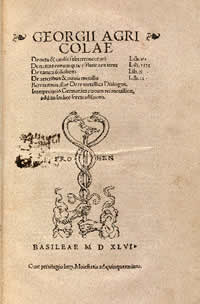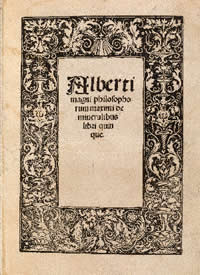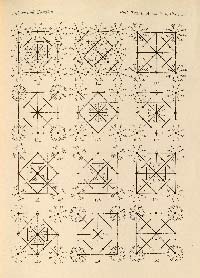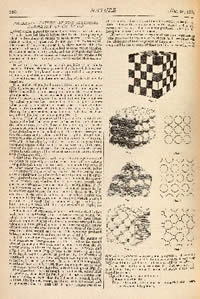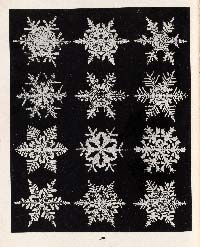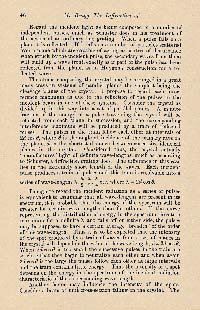Crystals are beautiful, useful, and valuable natural objects, and as a result they have long fascinated humans. Crystallography, the study of crystals, is essential to modern science. It is the basis of much of our modern understanding of the structure of matter, from simple substances such as table salt to complicated ones such as DNA and even living organisms such as viruses.
Crystallography - and our understanding of the nature of matter - was revolutionized by the discovery of X-ray diffraction exactly 100 years ago (as this is written) in April 1912. X-rays had been discovered by the German physicist Wilhelm Roentgen (1845 - 1923) in 1895, and within a few years, scientists speculated that the rays were actually composed of electromagnetic waves with very short wavelengths of about one Angstrom (10-10 meters). In 1912, Max von Laue discovered that directing a beam of X-rays at a crystal causes the beam to scatter into a diffraction pattern, thus proving at one stroke that X-rays are waves and that crystals are composed of regular arrangements of atoms.
Later scientists showed that the diffraction pattern can be analyzed to deduce the locations of the atoms in the crystal. In one sense, therefore, X-ray crystallography constitutes a method by which the atoms in a crystal can be seen, and this is the reason for its great importance. For example, in the early 1950s, X-ray crystallography was the key to the discovery of the double helix structure of DNA.
This exhibit, held at the University of Illinois beginning in April, 2012, highlights approximately 30 key books that illustrate the development of crystallography from ancient Greece to modern times. The scientific discoveries in these books record the evolution of crystallography into one of the key scientific techniques that enable us to understand the structure of matter and the world around us. The exhibit also includes crystal specimens chosen to highlight some of the ideas presented in the books.
Exhibit curated and text edited by Gregory S. Girolami (Department of Chemistry, University of Illinois at Urbana-Champaign) and Vera V. Mainz (School of Chemical Sciences, University of Illinois at Urbana-Champaign, retired).
Crystal specimens provided by J. Douglas McDonald (Department of Chemistry, University of Illinois at Urbana-Champaign). Images of crystal specimens provided by Mark Stadtherr.
With thanks to Valerie Hotchkiss and Dennis Sears (Rare Book & Manuscript Library, University of Illinois at Urbana-Champaign), and Danielle Gray (School of Chemical Sciences George L. Clark X-Ray Facility and 3M Materials Laboratory, University of Illinois at Urbana-Champaign).
This website may display better in Firefox than in Internet Explorer.
A related exhibit at the University of Illinois Rare Book Room, presented in April 2000, was From Alchemy to Chemistry: Five Hundred Years of Rare and Interesting Books.

![thumbnail image of page from THEOPHRASTUS, (ca. 372 B.C. - 287 B.C.). 'De Lapidibus' in Eis Organon Aristotelous [Opera Graece]. 5 vols. Venice: Aldus Manutius, 1495-1498](images/thumbnails2/tn2-theophrastus-q881a81495_v2_01_reshoot.jpg)
